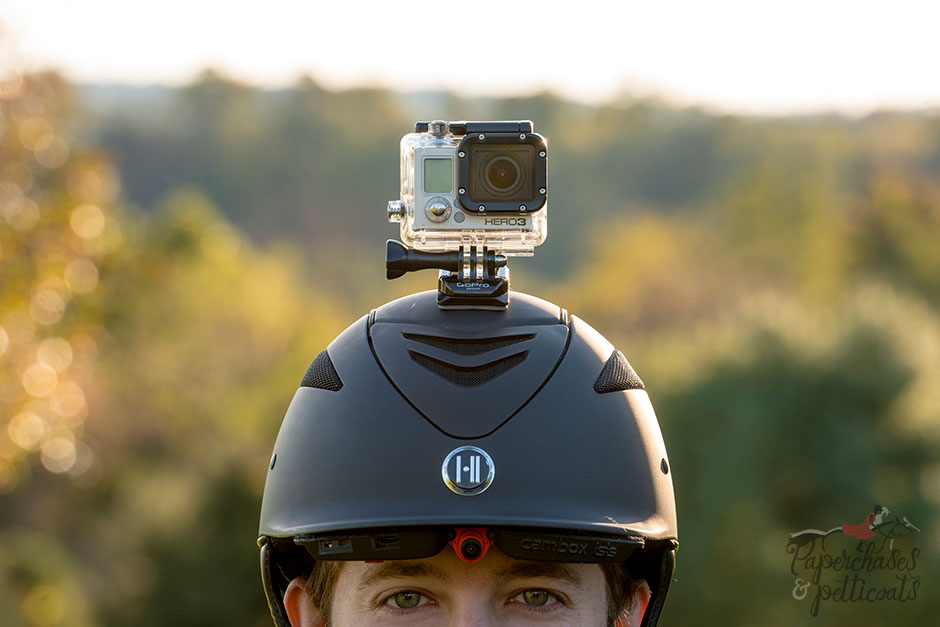Who wins in a GoPro Hero3: Black vs Cambox ISIS helmet camera comparison? Well, the truth is, anyone who has either of these wins over someone who doesn’t. But one of these helmet cameras offers a little more than the other…
We put both to the test last weekend during an hour long trail ride with Adirondack Saddle Tours in Inlet, New York. Since my Samshield helmet is covered in a suede-like material, I decided to mount both cameras onto Matt’s OneK Defender Matte helmet instead. Here’s what we thought:
Technical details
Taking resolution as the starting point of my comparison, the GoPro Hero 3: Black is the clear winner. It has the ability to capture footage at resolutions from 720 to 2.7k (which is a bit higher than your standard 1080) and offers a wide, medium, and narrow perspective. In contrast, the Cambox ISIS only offers a 720 resolution with a wide field-of-view.
Looking a bit further into the GoPro’s offerings, it has a variety of modes for slow-motion aficionados and cinematic professionals. Advanced users can dial in their color temperature at a later time and capture footage using an option called “ProTune” to extend dynamic range. All of these functions can be changed within the GoPro’s menu using a two button selection system. The Cambox ISIS, on the other hand, is very straightforward. It offers no settings and a one button operation, which is perfect for those who wish to keep things simple.
Design aesthetics
I actually prefer the design of the Cambox ISIS better. It has a thin, streamlined body and is very discreet once mounted under the visor. Because it is not attached to the helmet shell itself, it doesn’t impact the protective function of a helmet. The GoPro Hero3: Black, however, is pretty bulky and needs to be attached to the shell of the helmet using an adhesive mount or pivot arm (which is what we used). You can definitely feel the added weight of the GoPro.
In the rain there is no competition, as the included waterproof housing for the GoPro keeps it safe from the expected (or unexpected) elements during a ride. It’s also built to take a moderate beating and keep filming. The Cambox ISIS is a 3D printed product and is NOT made to withstand any moisture or major impact, but it held up to the light rain during our testing as the visor of Matt’s helmet kept it somewhat shielded from the drops of rain.
Timing
The battery life of the Cambox ISIS is about 2.5 hours, whereas the GoPro Hero3 cuts out after about 1.5 hours. The indicator light on the Cambox ISIS makes it SO MUCH EASIER to determine whether you’re still filming or not. It can very easily be seen out of the corner of your eye without being distracting. With the GoPro, the camera is no longer visible after its been mounted. To make sure it’s still going, you need to stop, get off, and remove your helmet to see the screen.
And the winner of our GoPro Hero3 vs Cambox ISIS comparison is…
To be honest, when I first tested these two helmet cameras, the Cambox ISIS looked like the instant winner. But now it’s very clear that they are aimed at two very different types of riders. If you’re into capturing quality imagery, then the GoPro wins out with its higher resolution. If you’re more into capturing your everyday rides, then the streamlined specifications of the Cambox ISIS is an absolute must.
Both helmet camera manufactures have newer models out, so make sure to check their websites their latest and greatest offerings.




